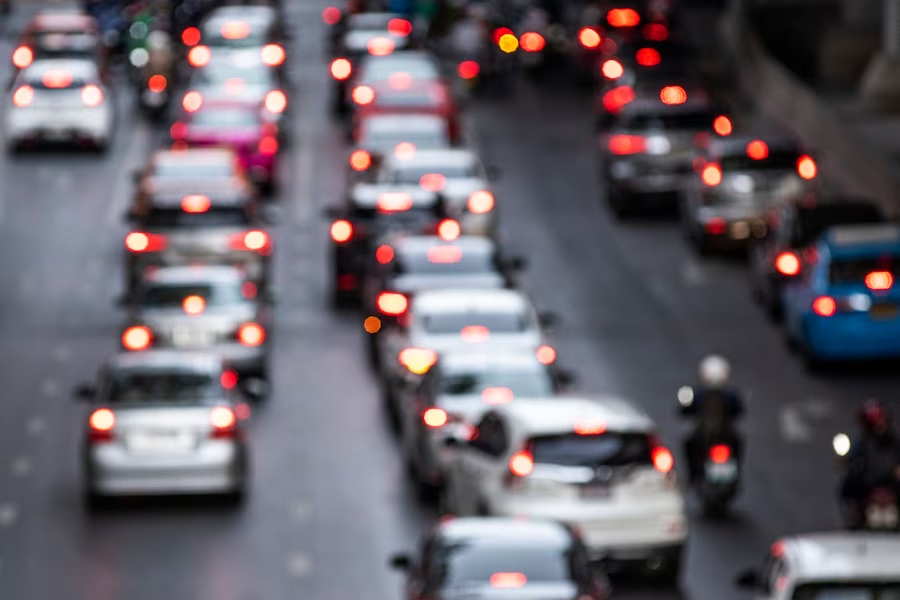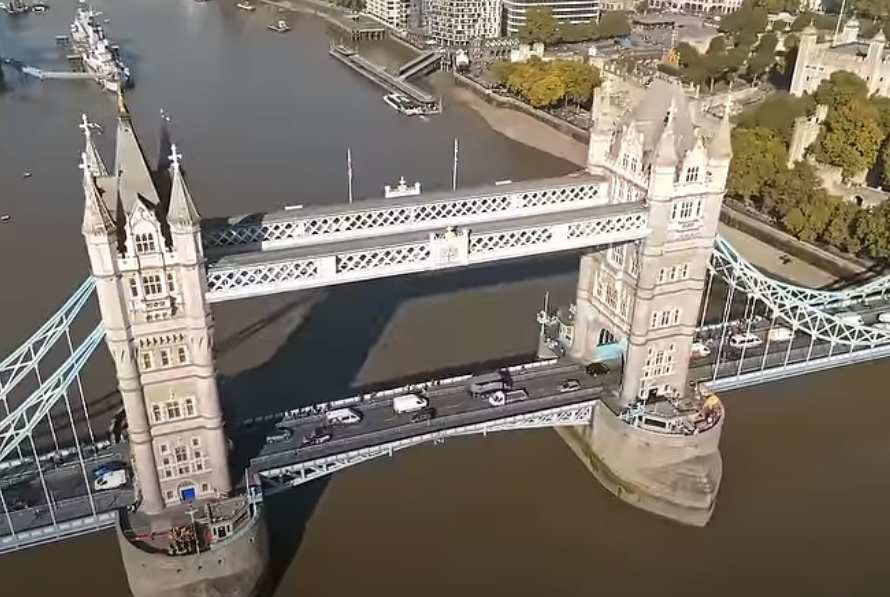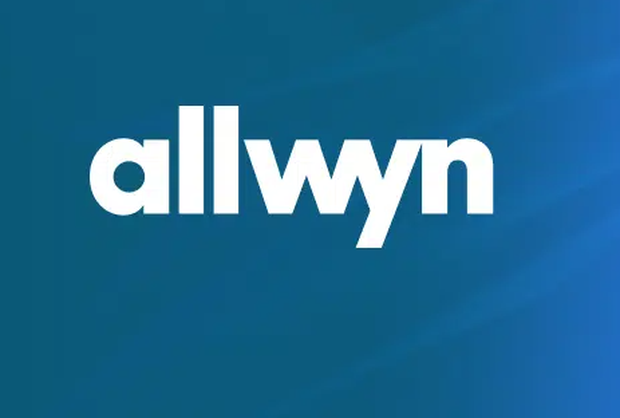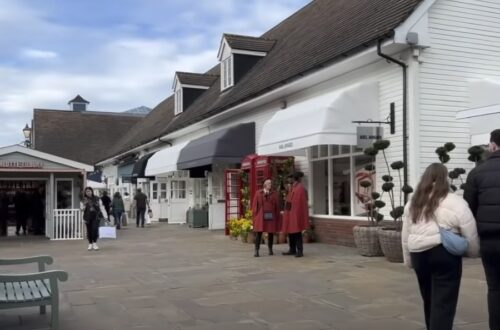
Can Tower Bridge be congested? Traffic Secrets of London!
London, a city renowned for its historic landmarks and bustling streets, often leaves tourists and residents alike pondering: is Tower Bridge in the congestion zone? This question is not just a matter of curiosity but also has practical implications for drivers navigating the city. In this article, we will delve into the intricacies of London’s congestion zone and determine whether Tower Bridge falls within its boundaries.
Understanding London’s Congestion Zone
Before answering if Tower Bridge is in the congestion zone, let’s be sure exactly what the congestion zone is. In 2003, a congestion charge was set whereby motorists pay an amount to drive through a defined area of Central London. The main reasons for its implementation are considered to be traffic alleviation, improvement in air quality, and promotion of the use of public transport. The congestion zone includes most of the central area of London, which is roughly bound to the cardinal points, as such:
- North: The Congestion Charge zone limit in the North extends and includes parts of the area around King’s Cross, a major London transport interchange. Entry of vehicles in this area is chargeable under the congestion charge scheme.
- East: It will stretch anywhere from a bit east of the iconic Tower of London and cover such neighborhoods as Aldgate. This charge for congestion is payable by vehicles coming into it.
- South: This is one of the major districts right in the heart of London. This forms part of Vjson and Lambeth. Motorists are charged when driving through these areas.
- West: The western side of the area covered by the congestion zone, including notable areas such as Hyde Park and Kensington. A charge will be payable for vehicles entering this part of the zone.
To provide a clearer understanding, the following table outlines the boundaries of London’s congestion zone:
| Direction | Boundary | Key Locations |
| North | City of London northern boundary | King’s Cross |
| East | Just beyond the Tower of London | Aldgate |
| South | Portions of Lambeth and Vauxhall | |
| West | Up to and including Hyde Park/Kensington | Hyde Park, Kensington |
Is Tower Bridge in the Congestion Zone?
Now, back to our main query: is Tower Bridge in the congestion zone? The answer is, intriguingly, both yes and no. Here’s how:
Yes, Partially
Part of Tower Bridge is in the congestion zone, more specifically the northern approach of the bridge. This means all drivers going to the bridge from the north have to cross the zone before getting to the bridge. It’s crucial for motorists to be mindful of this segment when planning their routes through London.
- Likely to cross the Congestion Zone, it is normally clearly signed on the approach from the north side of the Tower Bridge.
- North of here, some regulations apply to the congestion charge up to Tower Bridge, whereby the driver will have to pay or comply with the discounts or exemptions offered at the congestion zone.
- Thus, the inclusion of the northern approach in the congestion zone vividly illustrates the importance of planning the route and traffic regulations so as not to stumble across undesired charges or penalties.
- This allows the drivers to be informed of the exact position of the periphery of the Tower Bridge within the congestion zone and be able to know whether to take the route or the time.
No, Mostly
The larger part of Tower Bridge and its southern approach lie outside the congestion zone, largely relieving motorists entering Tower Bridge from the south, the concern of paying the congestion charge. In other words, drivers would not meet congestion charges beyond the bridge if they continue their journey into the congestion charge zone from there, west of Tower Bridge.
- Most of the Tower Bridge and its southern approach lie outside the congestion zone and, therefore, allow easy passage through it for motorists on entry or exit from the area.
- It would therefore appear to be a convenient route for most, in that from the south, a motorist heading to Tower Bridge would usually pay a congestion charge only if he continues into the congestion zone post-bridge.
- The awareness of markers for the Congestion Zone can help drivers establish whether their route is inside the boundaries of the Congestion Zone, hence allowing for easy movement around Tower Bridge with minimal potential fees for Congestion Charges.
- What difference is made for the included and excluded areas of the Congestion Zone with relation to Tower Bridge just highlights how complex the traffic code is in London, and how aware one needs to be for the smooth traveling therein.
When driving around Tower Bridge, it’s crucial to be aware of the congestion zone markers. These are clearly indicated with a “C” sign on the roads. If you plan to cross Tower Bridge, be mindful of whether your route will take you into the congestion zone.
Implications for Drivers

Understanding whether Tower Bridge is in the congestion zone has several implications for drivers:
Congestion Charge Implications
Understanding Tower Bridge’s placement within London’s congestion charging zone carries significant implications for drivers:
- Financial Obligation: Drivers are to pay the congestion charge that is enforced by Transport for London (TfL) if they drive in the congestion zone, including Tower Bridge, during chargeable hours. The charge assists in controlling the flow of traffic and easing congestion within central London.
- Risks of penalty: Failure of congestion payment within the stipulated period may attract penalty fines issued by TFL, thereby to the driver translating into increased financial costs, which failure to pay may grow into further proportions, thereby driving the drivers toward legal enforcement.
- Budgetary Considerations: To a driver with stringent budgetary considerations, the additional congestion charge facilitated by Tower Bridge would be considered and would definitely arise as one of the more observable expenses amongst the many that are made in travel. Financial acumen, therefore, makes it possible for the driver to make proper provisions; hence, the possibility of surprises in the form of strains is precluded.
Strategic Route Planning
The inclusion of Tower Bridge in the congestion charging zone prompts drivers to adopt strategic route planning measures:
- Alternative Routes: Drivers can utilize navigation tools or consult congestion zone maps to identify alternative routes that bypass the congestion zone entirely, thereby avoiding the congestion charge. This strategic approach not only saves money but also reduces travel time and minimizes the risk of encountering traffic congestion.
- Efficiency Considerations: Planning routes that circumvent the congestion zone not only aids in avoiding the congestion charge but also enhances travel efficiency by potentially reducing travel time and congestion-related delays. By optimizing their routes, drivers can maximize productivity and minimize the environmental impact of their journeys.
- Environmental Benefits: Choosing alternative routes that avoid the congestion zone can contribute to reduced emissions and improved air quality in central London. This environmentally conscious approach aligns with broader sustainability goals and supports efforts to combat air pollution in urban areas.
Utilization of Non-Chargeable Hours
Tower Bridge offers a viable option for drivers seeking to minimize congestion charge expenses:
- Off-Peak Travel: Outside the operational hours of the congestion zone, such as evenings, weekends, and public holidays, crossing Tower Bridge incurs no congestion charge, providing an opportunity for cost-effective travel. By scheduling journeys during non-chargeable hours, drivers can enjoy savings while still accessing Tower Bridge’s crossing facility.
- Flexibility in Travel Planning: Understanding the timing of non-chargeable hours allows drivers to adapt their travel schedules to capitalize on cost-saving opportunities. This flexibility enables drivers to optimize their journeys based on personal preferences and logistical considerations.
Cost Assessment and Decision-Making
Understanding Tower Bridge’s placement within the congestion zone enables drivers to make informed decisions regarding travel costs:
- Financial Evaluation: Drivers can accurately assess the financial implications of traversing Tower Bridge during chargeable hours, considering the cumulative impact of the congestion charge on their overall travel expenses. By factoring in the cost of the congestion charge, drivers can make informed decisions about route selection and budget allocation.
- Informed Choices: Armed with knowledge about Tower Bridge’s inclusion in the congestion zone, drivers can make informed choices regarding route selection and travel timing, optimizing cost-effectiveness and minimizing financial burdens. This proactive approach empowers drivers to take control of their travel experiences and make choices that align with their financial goals and priorities.
Compliance and Confidence
Awareness of Tower Bridge’s status within the congestion charging zone fosters compliance and confidence among drivers:
- Regulatory Adherence: By adhering to congestion charging regulations and paying the requisite charges when applicable, drivers uphold compliance with TfL’s policies, mitigating the risk of penalty fines and legal consequences. This adherence to regulations promotes a culture of responsible driving and contributes to the efficient functioning of London’s transport infrastructure.
- Confident Navigation: Equipped with comprehensive knowledge of Tower Bridge’s role in the congestion zone, drivers navigate London’s roads with confidence, knowing they are making informed decisions aligned with regulatory requirements and financial considerations. This confidence enhances the overall driving experience and contributes to safer, more efficient travel for all road users.
Tower Bridge and London’s Traffic Management

Tower Bridge is not just a historical landmark; it plays a vital role in London’s traffic management. With its location on the edge of the congestion zone, it serves as a crucial point for drivers navigating around or through the zone.
Diverting Traffic
Tower Bridge serves a crucial role in diverting traffic away from the congested parts of Central London, thereby enhancing the overall efficiency of the city’s transportation network. The bridge’s strategic location and unique design contribute to its effectiveness in managing vehicular flow.
- Alternative Route: Tower Bridge provides drivers with an alternative route to bypass heavily congested areas, offering relief to commuters and reducing traffic congestion in the city center.
- Traffic Management Systems: The bridge is equipped with advanced traffic management systems that help regulate the flow of vehicles, ensuring smooth transit and minimizing disruptions during peak hours.
Connecting Key Areas
Tower Bridge acts as a vital link connecting key areas on both sides of the Thames River, facilitating seamless transportation and enhancing accessibility throughout the city.
- Borough Connectivity: The bridge connects boroughs and districts on either side of the river, allowing for convenient travel between residential, commercial, and recreational areas.
- Tourist Attractions Access: Tower Bridge provides easy access to popular tourist attractions such as the Tower of London and the South Bank, attracting visitors and contributing to the city’s tourism industry.
Conclusion
While addressing the question – is Tower Bridge in the congestion zone – it’s clear that the bridge itself straddles the boundary of the zone. This position makes Tower Bridge both a critical landmark and a strategic point in the context of London’s traffic and congestion management. For drivers, understanding the exact boundaries and regulations of the congestion zone is crucial to navigating this area effectively. Remember, planning your route wisely can save you from unexpected charges and contribute to a smoother journey across London.
FAQ
The congestion charge applies from Monday to Friday, 7 am to 6 pm. It does not apply on weekends, public holidays, and between Christmas and New Year.
The daily charge for driving within the congestion zone is £15.
Certain vehicles, like electric cars and those used by disabled persons, may be eligible for discounts or exemptions.
Yes, numerous bus routes and nearby tube stations make Tower Bridge easily accessible.
Drivers can use routes like the Rotherhithe Tunnel or the London Bridge to avoid the congestion zone.
Yes, occasionally for maintenance or special events. Always check for closures before planning your route.
You can pay the congestion charge online, via phone, or at designated retail outlets.




